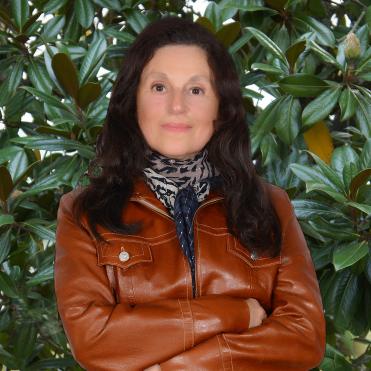Hugdahl, K., Saban, S., Johnsen, B. H. & Brobeck, C. G. (1994). Hemispheric asymmetry and human associative learning: Interactions with attention. Integrative Physiological and Behavioural Science, 1, 25-38
Saban, S., Hugdahl, K., Stormark K. M. & Hammerborg D.(1997). Left hemisphere advantage for classical conditioning to auditory verbal CSs: Effects of nonattended extinction. Psychophysiology, 34, 566-571.
Saban, S. & Hugdahl, K. (1999). Nonaware classical conditioning to pictorial facial stimuli in a between-groups paradigm. Integrative Physiological and Behavioral Science, 34, 19-29.
Ergen, M., Saban, S., Alsan, E.K., Ergen, Y.K., Demiralp, T. (2014). Time-frequency analysis of the event-related potentials associated with the Stroop test. International Journal of Psychophysiology, 94, 463-472.
Saban, S., Hugdahl, K., Stormark K. M. & Hammerborg D. (1996). Hemisphere differences and aware/unaware processes in classical conditioning. Psychophysiology, 33, Suppl.1, 71.(Society for Psychophysiological Research Abstract of the Thirty-Sixth Annual Meeting, Oct. 16-20, 1996 Vancouver, Canada)
Saban, S. & Hugdahl, K. (1997). The effects of preattentive and attentive modes of extinction in classical conditioning. Psychophysiology, 34, Suppl.1, 77.(Society for Psychophysiological Research Abstract of the Thirty-Seventh Annual Meeting, Oct. 15-19, 1997 North Falmouth, MA, USA)
Saban, S. (1997). Muscle tension and anxiety in migraine and tension type headaches. Journal of Neuropsychiatry and Clinical Neurosciences, 9, 657 (Ninth Annual Meeting of the American Neuropsychiatric Association, February 1-3, 1998 Honolulu, Hawaii).
Saban S. & Hugdahl, K. (1998). Hemispheric asymmetry in classical conditioning to facial stimuli. Psychophysiology, 35, Suppl.1, 69. (Society for Psychophysiological Research Abstract of the Thirty-Eighth Annual Meeting, Sept. 23-27, 1998 Denver, CO, USA)
Saban, S., Ergen, M., Kirmizi, E., Bayraktaroglu, Z., Gürvit, H. & Demiralp, T. (2006). Time frequency analysis of event-related potentials associated with the Stroop task. International Journal of Psychophysiology, 61 (3), 371. (Thirteenth World Congress of the International Organization of Psychophysiology Associated with the United Nations, August 28-September 2, 2006, Istanbul, Turkey.
Ergen, M., Saban, S., Kirmizi-Alsan, E., Bayraktaroglu, Z., Uslu, A., Gürvit, H. and Demiralp, T. (2008) Event-related brain oscillations associated with color-word interference. Frontiers in Human Neuroscience. Tenth International Conference for Cognitive Neuroscience (ICON10) Bodrum, Turkey, September 1 - 5, 2008.
(http://frontiersin.org/conferences/individual_abstract_listing.php?confe...)
Saban, S., Kılıç, E., Hamamci, A., Firat, Z. (2017). Responding to Ambiguous Stimuli in Delusional Disorder: An fMRI Study. Organization for Human Brain Mapping, Disorders of the Nervous System, pp 95, no. 3149. (Twenty Third Annual Meeting for OHBM, Vancouver B.C., Canada, June 25-27 2017).
Saban, S. (2018). A Qualitative Research on Color Concepts and Their Associated Feelings. Thirtieth Association for Psychological Science Annual Convention, San Francisco, USA, May 24-27, 2018.
Saban, S. (2019). 18 Hours Sleep Deprivation Affects Reaction Time but Not Interference in a Stroop Task. 31. Association for Psychological Science Annual Convention, Washington DC, USA, May 23-26, 2019.
Saban, S. (2019). Anticipation: Conscious and Unconscious Brain Processes. Humans Meet Artificial Intelligence: Anticipation and Anticipatory Systems International Symposium, Örebro, Sweden, June 9-13, 2019.
Saban, S. (2019). Psychology and Physiology of Anticipation. In: Öner, A. & Tuğcu, A.K. (eds). Anticipation, Conceptual, Theoretical and Empirical Issues. Yeditepe University Press, pp: 97-108.
Saban, S. (2020). 18 Hours Sleep Deprivation Impairs Executive Functions and Increases Anxiety. APS Showcase, June1-September1, 2020. 32. Association for Psychological Science Annual Convention, Chicago, USA, May 21-24, 2020.

